Aspergillus Alliaceus Info: Treating Stem And Branch Rot In Cacti

Keeping cactus is an exercise in patience. They bloom once a year, if that, and can grow so slowly that it seems like they’re not doing anything at all. Even so, their very presence in the landscape or home make them feel like cornerstone plants in your environment. That’s why it’s so important to recognize the onset of cactus diseases like stem and branch rot. Read on for more Aspergillus alliaceus info.
What is Aspergillus alliaceus?
Growing cactus, whether in a pot or in the landscape, can seriously challenge a gardener’s wit and skills. They’re so different from most ornamental plants as to almost be a different creature entirely, yet there are a number of features that cactus share with other landscape choices. For example, they still get sick from much the same types of disease. Cactus stem and branch rot, for instance, is caused by a species of an already familiar fungal pathogen: Aspergillus, though the species particular to this cactus problem is alliaceus. Aspergillus alliaceus is fungus that has been a problem for ornamental cactus for a long time. Papers as far back as 1933 describe the pathogen, when it was fingered in a widespread infection of cacti including:
- Acanthocereus
- Ancistrocactus
- Echinocereus
- Echinocactus
- Epithelantha
- Mammillaria
- Opuntia
In plant books, it’s more commonly known as stem and branch rot on cactus or pad decay, depending on the cactus type. Either way, it means sick plants that may very quickly collapse if left untreated. It can appear as small, depressed, irregular blue-black spots which can grow together to create large, water-soaked areas on the surface of cactus plants. Sometimes, however, it simply looks like part of a pad has been badly damaged, with a portion missing and the rest seemingly unaffected. Within a few days, you’ll know it’s Aspergillus alliaceus by the white to yellow fuzzy growth and large black, seed-like spore casings.
Treating Stem and Branch Rot
There’s no specific management suggested for stem and branch rot in cactus, but because Aspergillus is sensitive to fungicide, cutting out the affected parts (and into the healthy tissue), then spraying it with a fungicide may be helpful to stop the spread. However, be very careful when doing this because it’s easy to spread the fungus to other plants this way. A bleach wash can kill spores on tools, but if you drip infected fluids onto nearby plants, you may find yourself performing surgery yet again. In general, cutting out damaged parts of cactus tends to result in badly scarred or strange looking specimens, but sometimes that doesn’t matter, like when you’re preserving an uncommon cultivar. When practical, it’s probably best to simply dispose of the infected plant and purchase a new one, but you can also attempt to start a new cactus from a pathogen-free section of the old one. Cactus pieces tend to root fairly readily, though it can take a long time for any significant growth to occur. Protective fungicide treatments may help thwart future outbreaks of Aspergillus.
Gardening tips, videos, info and more delivered right to your inbox!
Sign up for the Gardening Know How newsletter today and receive a free copy of our e-book "How to Grow Delicious Tomatoes".

Kristi Waterworth was a regular contributor to Gardening Know How for many years, answering countless queries on plant pests and diseases.
-
 Looking For Plants To Give You The Soft And Fuzzies? Try These 5 Fuzzy Leaf Plant Options
Looking For Plants To Give You The Soft And Fuzzies? Try These 5 Fuzzy Leaf Plant OptionsLovers of texture, drama, silver foliage and tactile plants will adore these special sensory garden additions. These fuzzy leaf plant options will leave you all aglow
By Susan Albert
-
 Get Ready For A Summer Of Hummers! Grow These Full Sun Hummingbird Plants and Flowers
Get Ready For A Summer Of Hummers! Grow These Full Sun Hummingbird Plants and FlowersIf you’re lucky enough to enjoy a sunny backyard, make sure you are maxing out on your pollinator opportunities and grow these full sun hummingbird plants and flowers
By Tonya Barnett
-
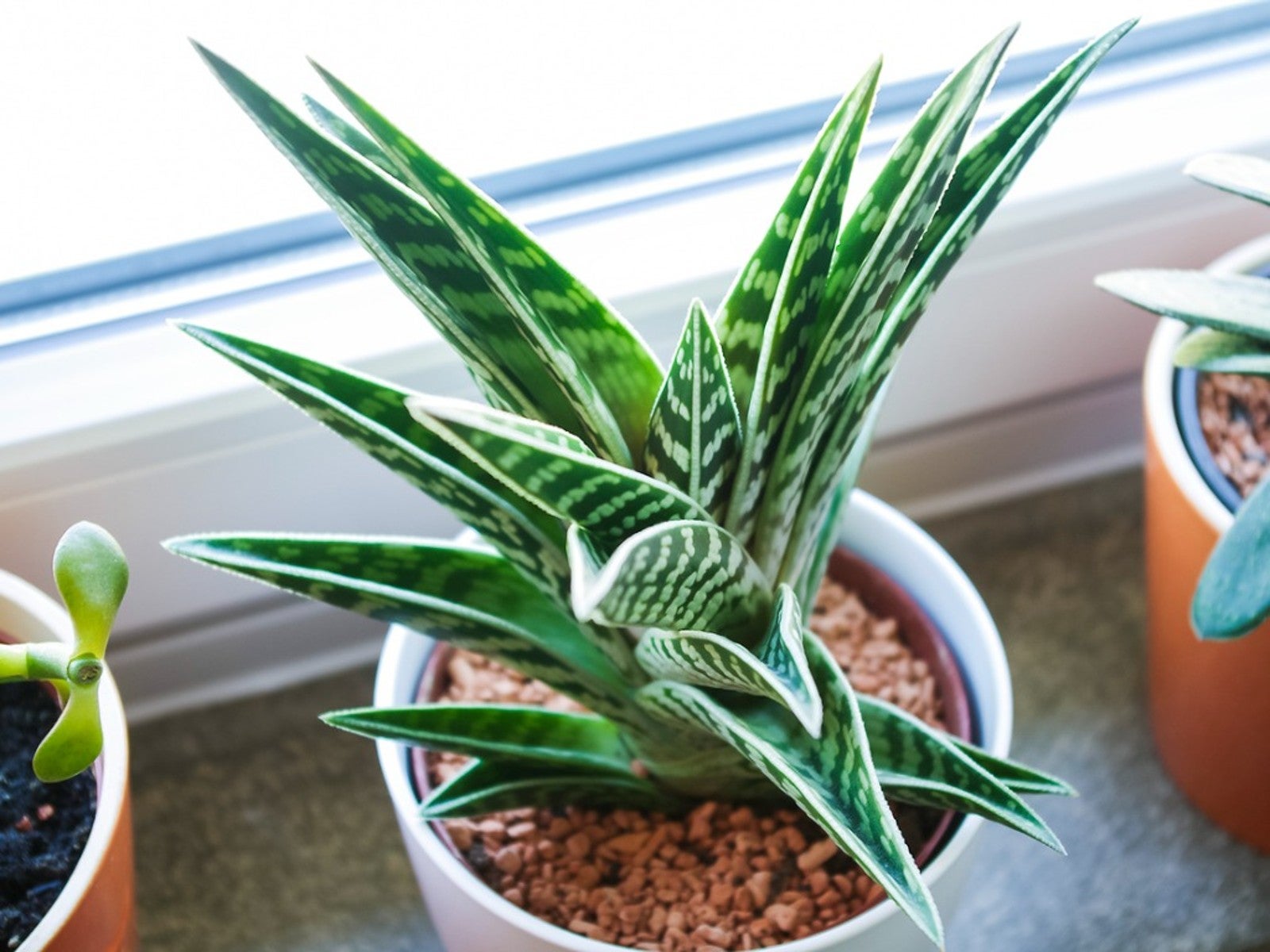 Variegated Succulents To Add To Your Plant Collection
Variegated Succulents To Add To Your Plant CollectionRead about some of the pretty variegated species that add beauty and interest to your succulent collection.
By Becca Badgett
-
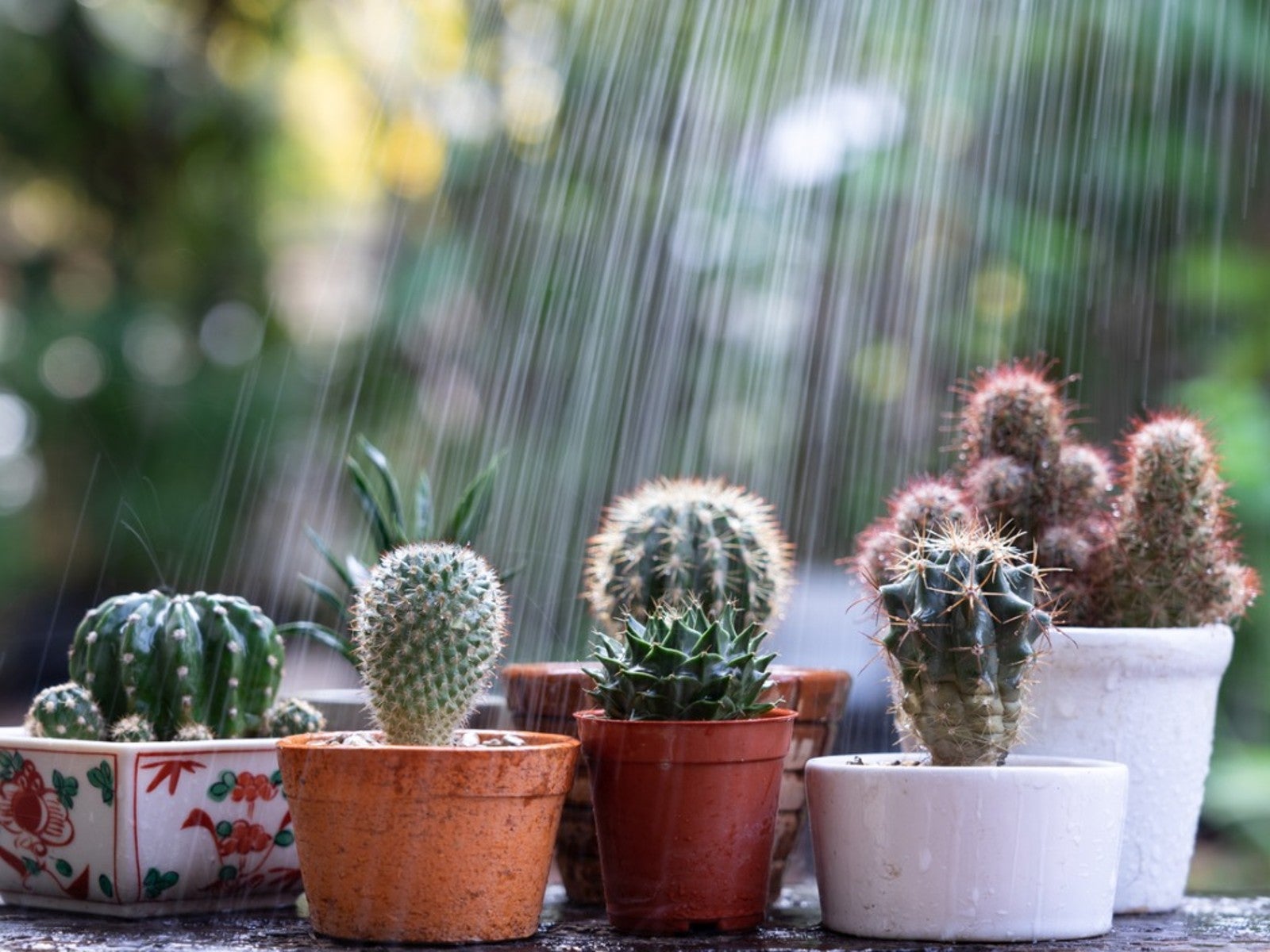 How To Protect Succulents And Cacti From Rain
How To Protect Succulents And Cacti From RainRain has the potential to cause damage to our cacti and succulents. However, when planted in proper soil, rainfall may perform as just a deep watering. Read on for more.
By Becca Badgett
-
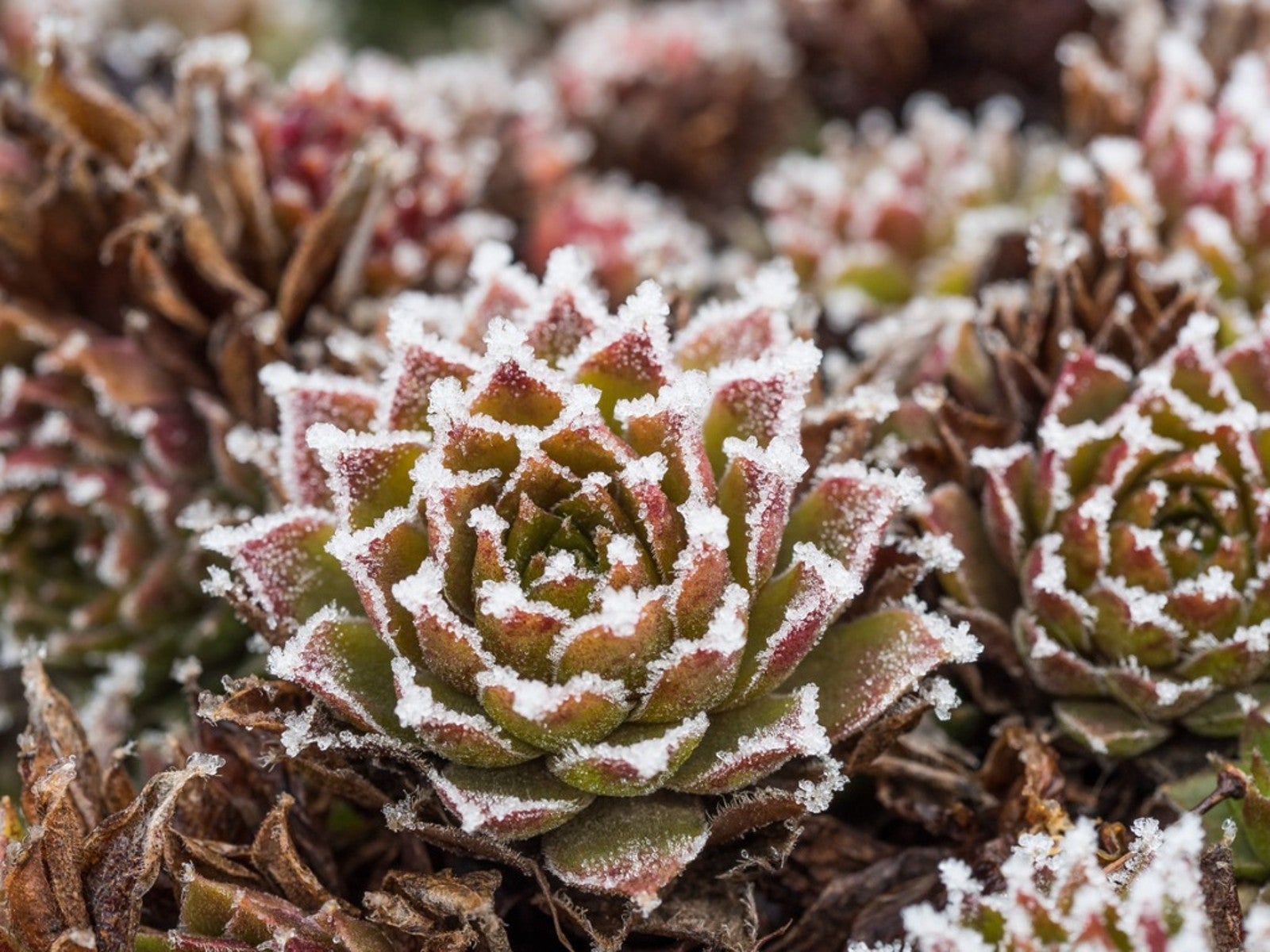 Succulents and Frost: How To Save A Succulent From Frost Or Freeze
Succulents and Frost: How To Save A Succulent From Frost Or FreezeCan succulents withstand cold? Succulents and frost don't traditionally go together and can result in damage, but you may be able to save frozen succulents.
By Bonnie L. Grant
-
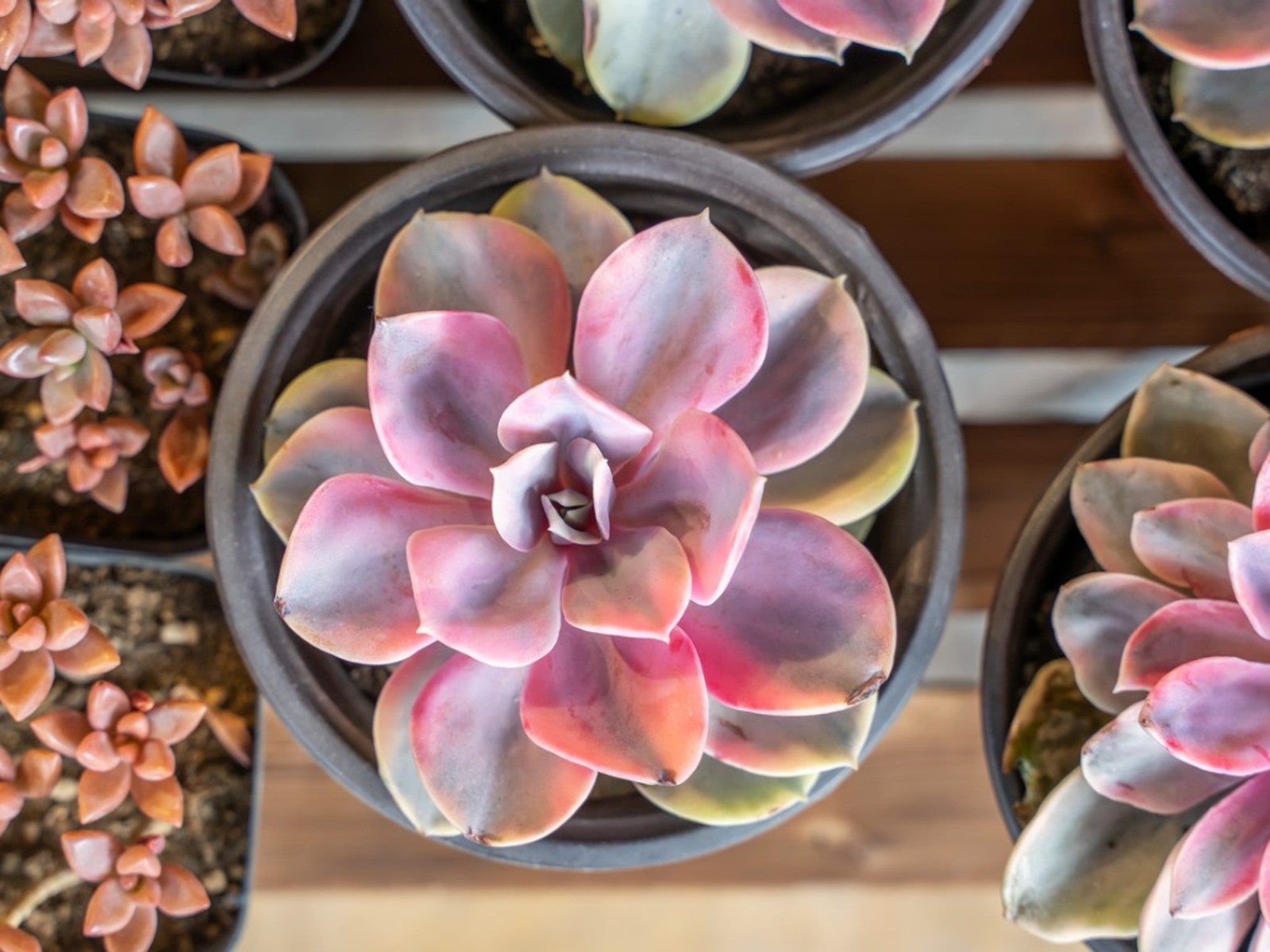 Pink Succulents Varieties To Try: How To Grow Perfect Pink Succulent Plants
Pink Succulents Varieties To Try: How To Grow Perfect Pink Succulent PlantsPink succulents may display the color on leaf edges or with streaks or blotches mingled throughout the foliage. Here are our favorites.
By Becca Badgett
-
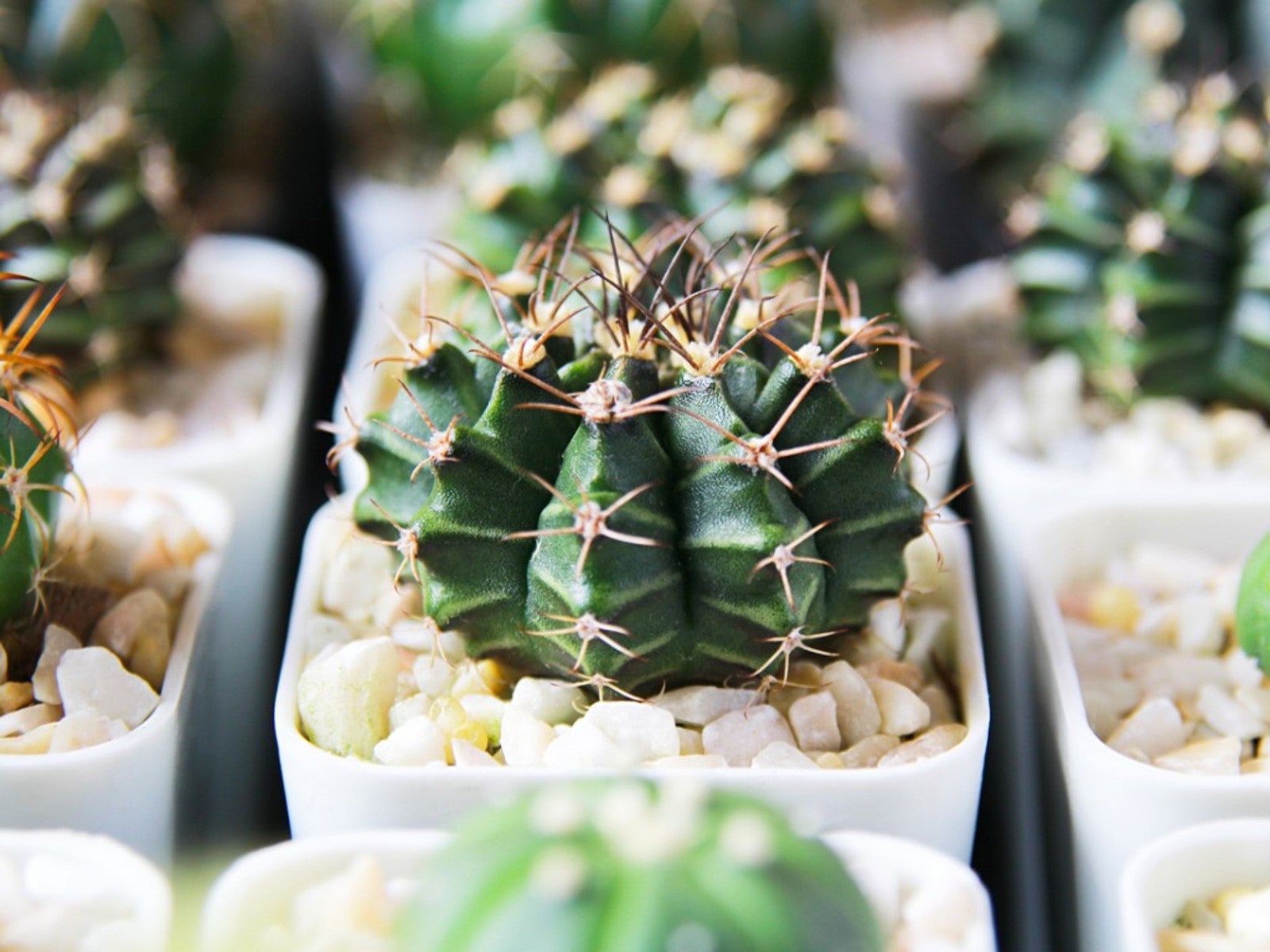 10 No Fuss Cacti - What’s The Best Low Maintenance Cactus
10 No Fuss Cacti - What’s The Best Low Maintenance CactusIf you’re thinking of adding plants to your collection, consider no fuss cacti. Click here for an easy cacti list, even for beginners.
By Becca Badgett
-
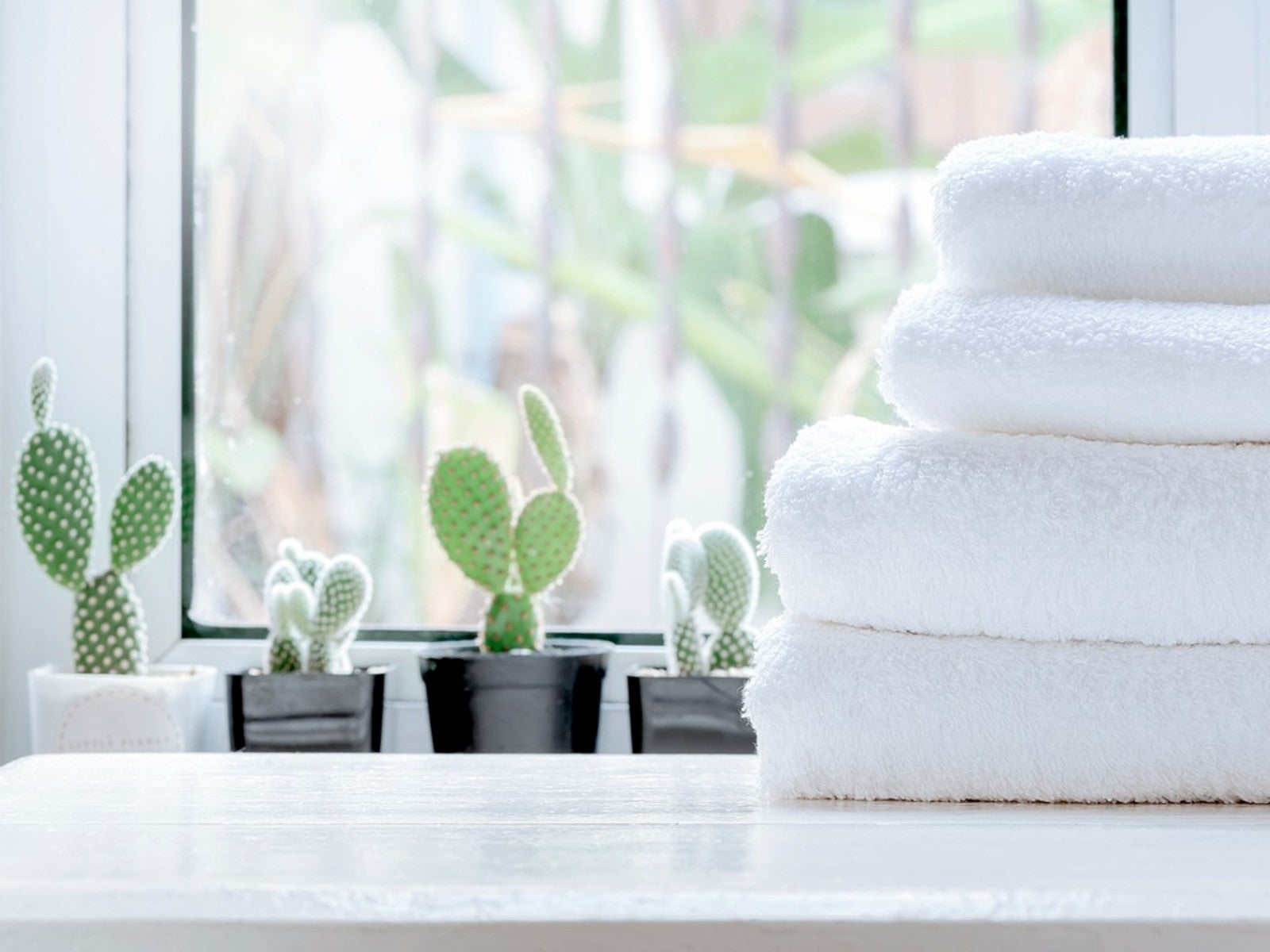 5 Best Succulents For A Bathroom
5 Best Succulents For A BathroomSome succulents can be great options for bathroom decoration. Read on for our top five bathroom succulent ideas.
By Becca Badgett
-
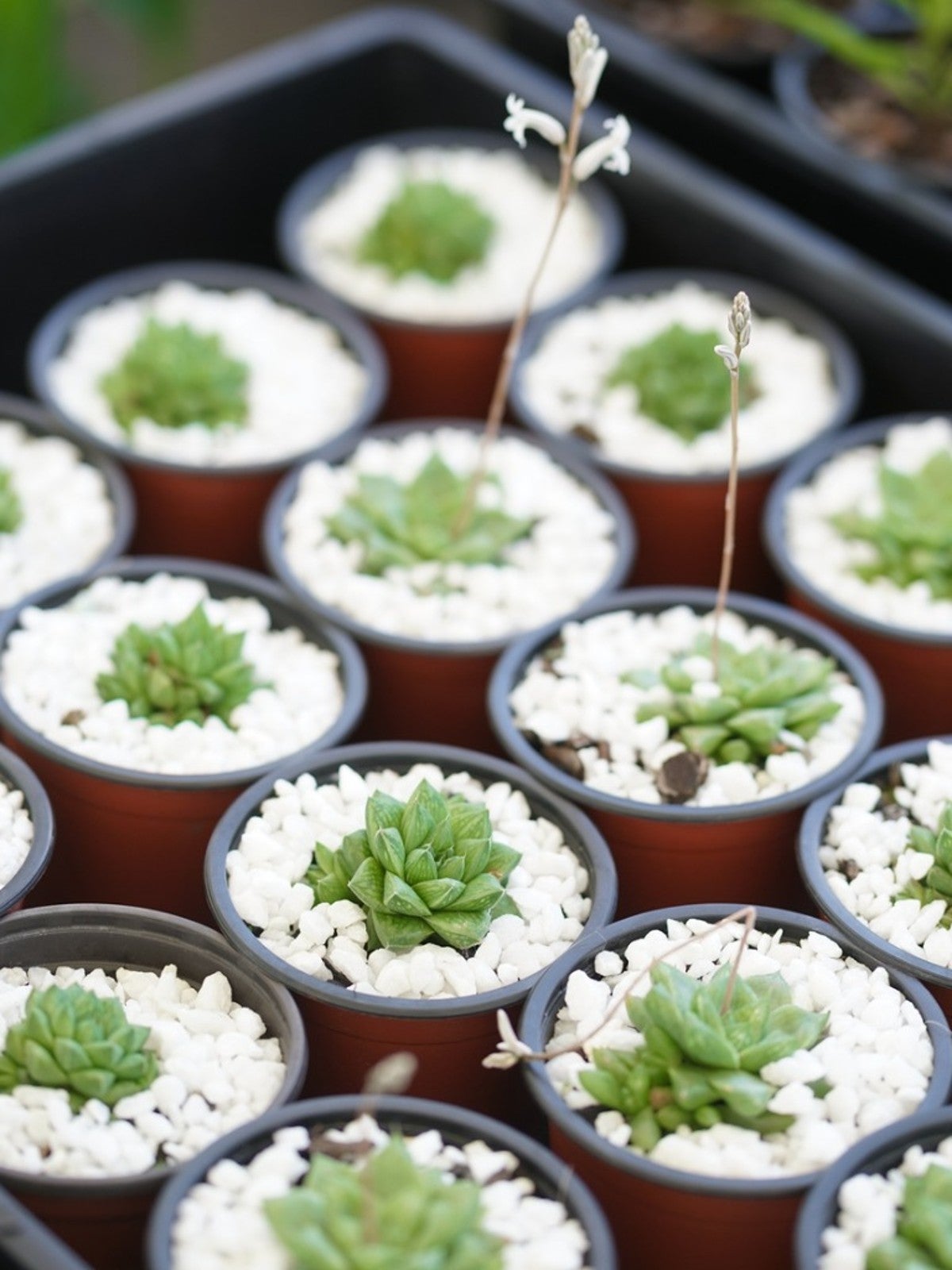 What Is A Succulent Starter Kit - Best Succulent Starter Kits
What Is A Succulent Starter Kit - Best Succulent Starter KitsWhile garden kits are not the most inexpensive option for growing succulents, they do include everything you’ll need. Grow succulents from seed by using a succulent seed starter kit to learn the process and to check your results.
By Becca Badgett
-
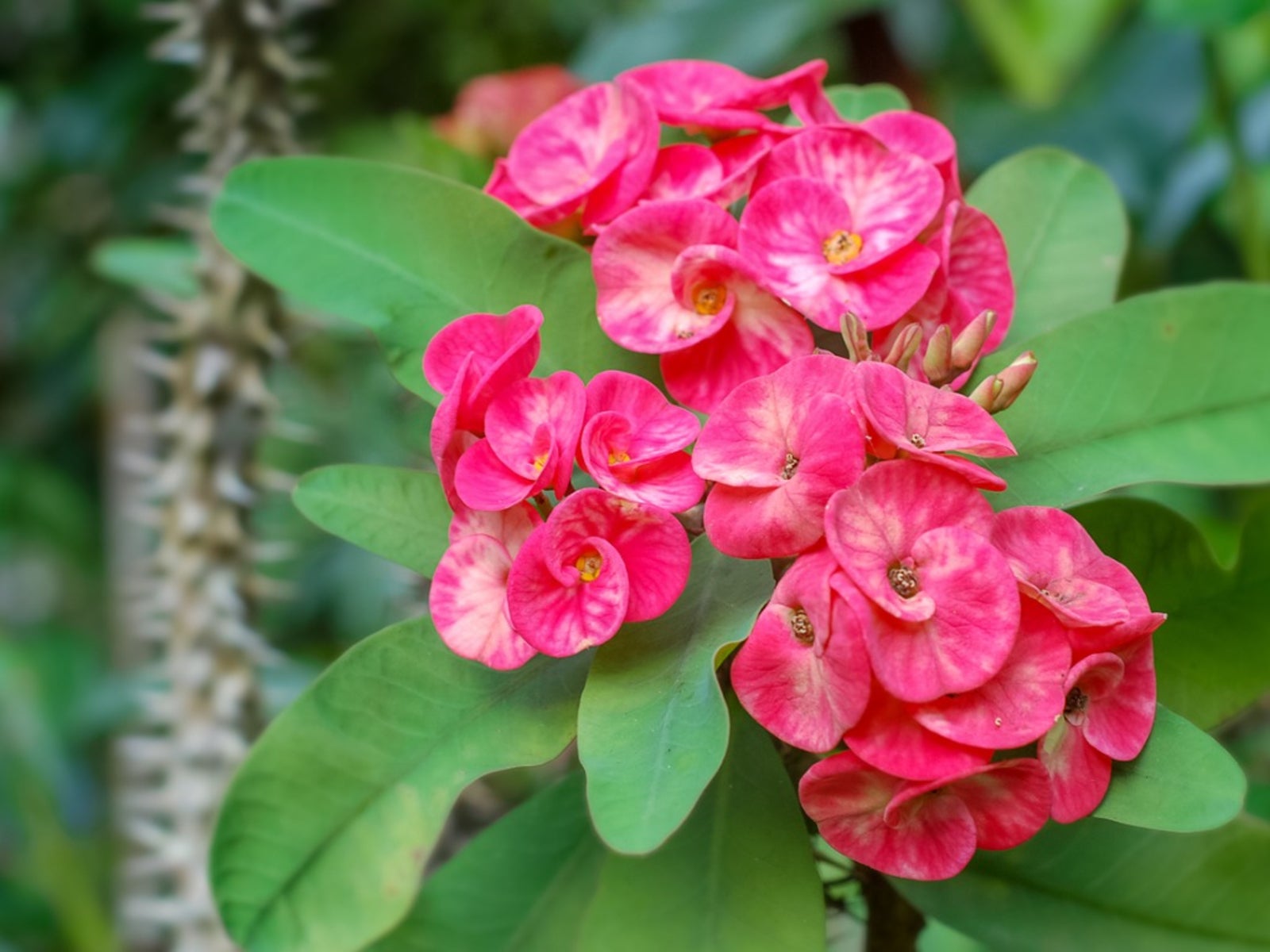 Dazzling Succulents - Succulents With Striking Flowers
Dazzling Succulents - Succulents With Striking FlowersWhen you think of succulents you may just envision their unique leaves and stems. But succulents also produce bright and bold flowers in the right conditions. Read on to learn more.
By Bonnie L. Grant